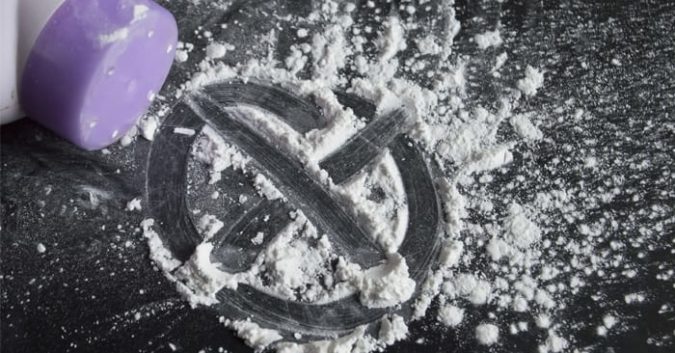The Department of Justice (DOJ), the Securities and Exchange Commission (SEC), and a U.S. Senate Committee have demanded information from Johnson & Johnson® regarding asbestos contamination in products containing talc.
These actions follow a Reuters investigation that revealed the company had downplayed the existence of asbestos in their talc mines. Johnson & Johnson claims the investigation is inaccurate and strongly defends the safety of its products. Nonetheless, the company has said they will cooperate with the federal subpoenas.
Asbestos is a fibrous mineral known to cause mesothelioma, asbestosis, and lung cancer. Exposure to asbestos is extremely dangerous and hard to detect. There is no safe level of exposure, according to the World Health Organization (WHO), and it can take years for the cancer to develop. In short, small amounts of asbestos put people at risk for the rest of their lives.
Asbestos occurs in similar geologic formations as talc, which is the primary ingredient in Johnson’s® baby powder. Millions of people use this product. But is it safe?
Johnson & Johnson Hid Information from Consumers
For years, people who suspected that their cancer may have been caused by Johnson & Johnson’s baby powder were stonewalled by the company. Efforts by victims to get information were labeled as “fishing expeditions.” The company claimed their product was safe and unquestionably free of asbestos.
The Reuters investigation brought to light internal documents from Johnson & Johnson that tell a much different story. According to these documents, the company was well aware of tests that showed asbestos in their talc mines. Without alerting the public, Johnson & Johnson changed the way they tested for asbestos, got the results they wanted, and continued to claim their products were safe.
The company now faces more than 13,000 lawsuits from plaintiffs who allege that Johnson & Johnson baby powder caused their cancer. What happens next will hinge on what the latest round of investigation discovers.
Revelations of Asbestos Contamination Draw Criticism and Increased Scrutiny
In their Annual Report to the Securities and Exchange Commission, Johnson & Johnson said they will be cooperating with the various government inquiries and “will be producing documents in response.” This is likely to include more than 5 decades of company communications and test results related to their talc mines.
In her letter to Johnson & Johnson, U.S. Senator Patty Murray (D-WA) called upon the company to provide information they have withheld. Murray is the Ranking Member of the Senate Health, Education, Labor, and Pensions Committee.
She cited documents from the Reuters report that showed the company knew of contamination in their talc mines as far back as 1957. Over the years, although they detected asbestos, they never told the public. Senator Murray expressed her concern for victims and disappointment with Johnson & Johnson:
“I am troubled by recent reports of an alleged decades-long effort by Johnson & Johnson to potentially mislead regulators and consumers about the safety of one of its products, which may have resulted in long-term harm for men, women, and children who used Johnson & Johnson baby powder.”
If the product is as safe as they claim, Johnson & Johnson should have no problem demonstrating proof. So far, however, when they have been compelled to share information, it has not lined up with the picture they have presented the public.
Johnson & Johnson Involved in Other Lawsuits
In addition to the talc lawsuits, Johnson & Johnson disclosed a number of other ongoing product liability lawsuits in their Annual Report. These include:
Dangerous Medical Devices
- DePuy ASR™ XL Acetabular System and DePuy ASR Hip Resurfacing System
- Pinaccle® Acetabular Cup System
- Pelvic meshes
- Ethicon Physiomesh™
Dangerous Drugs
For some of these drugs and devices, Johnson & Johnson is facing thousands of lawsuits. With regards to pelvic mesh lawsuits, for example, the company put the number of plaintiffs at 34,800.
Along with its subsidiary, Janssen Pharmaceuticals, Inc., Johnson & Johnson is also named as a defendant in the opioid multidistrict litigation (MDL). They have received subpoenas from many states and the federal government regarding their marketing of opioids, including Duragesic® (fentanyl), Nucynta®, and Nucynta® Extended-Release (tapentadol).
The opioid MDL is a consolidation of more than 1,500 cases brought by states, cities, tribes, hospitals, and others who allege that the opioid epidemic was fueled by deceptive marketing practices. Before the overdoses and addictions, salesmen from pharma companies entered communities and told doctors that opioids were safe to prescribe. Those lies ruined lives.
In order to function as a company, Johnson & Johnson needs to have the trust of the people who use their products. That trust has been eroded, and to win it back, the company is going to have to be honest with consumers. There is a first time for everything.
All brands are trademarks of their respective companies.
